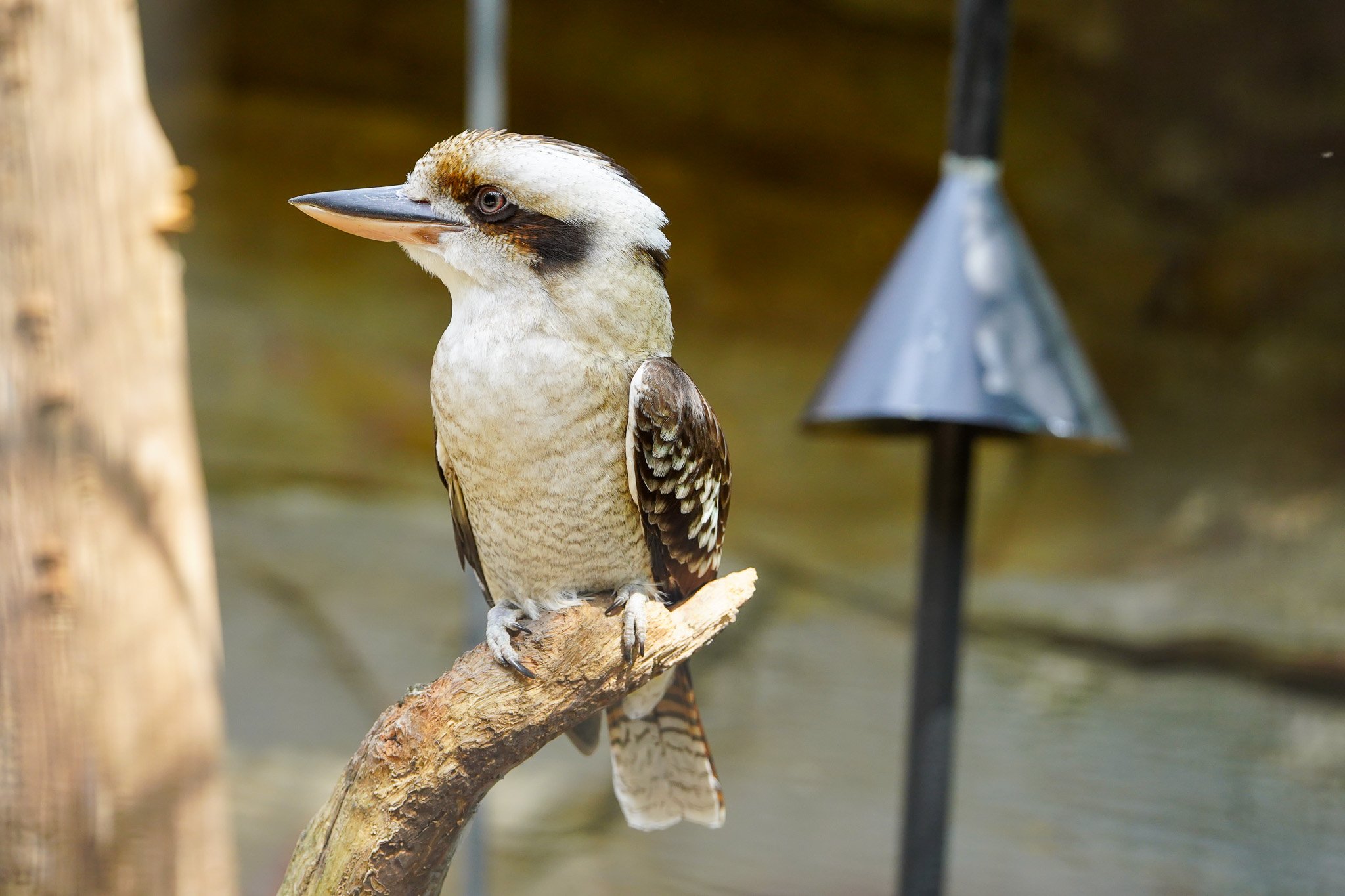
Alligator Snapping Turtle
The alligator snapping turtle is a large freshwater turtle renowned for its powerful jaws and unique hunting technique, primarily residing in the southeastern United States and parts of Mexico, where it uses a worm-like lure to attract prey.
Learn about the Alligator Snapping Turtle
Scientific Name: Macrochelys temminckii
Classification: Vulnerable
Size: Males can weigh between 90-200 pounds (40-90 kg) and can measure up to 26 inches (66 cm) in shell length.
Distribution: Found in freshwater habitats across the southeastern United States, including rivers, lakes, and swamps.
Diet: Carnivore, primarily feeding on fish, crustaceans, and other aquatic animals.
Lifespan: Can live over 50 years in the wild; some individuals may live up to 80 years in captivity.
Clutch Size: Females lay 20-30 eggs per clutch.
Primary Threats: Habitat destruction, illegal hunting, and pollution.
Where are Alligator Snapping Turtles Found?
Alligator snapping turtles are typically found in slow-moving rivers, lakes, and swamps, preferring areas with abundant vegetation and cover.
Why are Alligator Snapping Turtles Classified as Vulnerable?
Alligator snapping turtles are classified as vulnerable due to habitat loss from urbanization and agriculture, overharvesting for their meat, and pollution affecting their freshwater habitats.
Do Alligator Snapping Turtles Have Long Lives?
Alligator snapping turtles have long lifespans, often living over 50 years in the wild, with some reaching up to 80 years in captivity. They are known for their distinctive appearance, featuring a rugged, spiked shell and the ability to camouflage themselves while waiting for prey.








